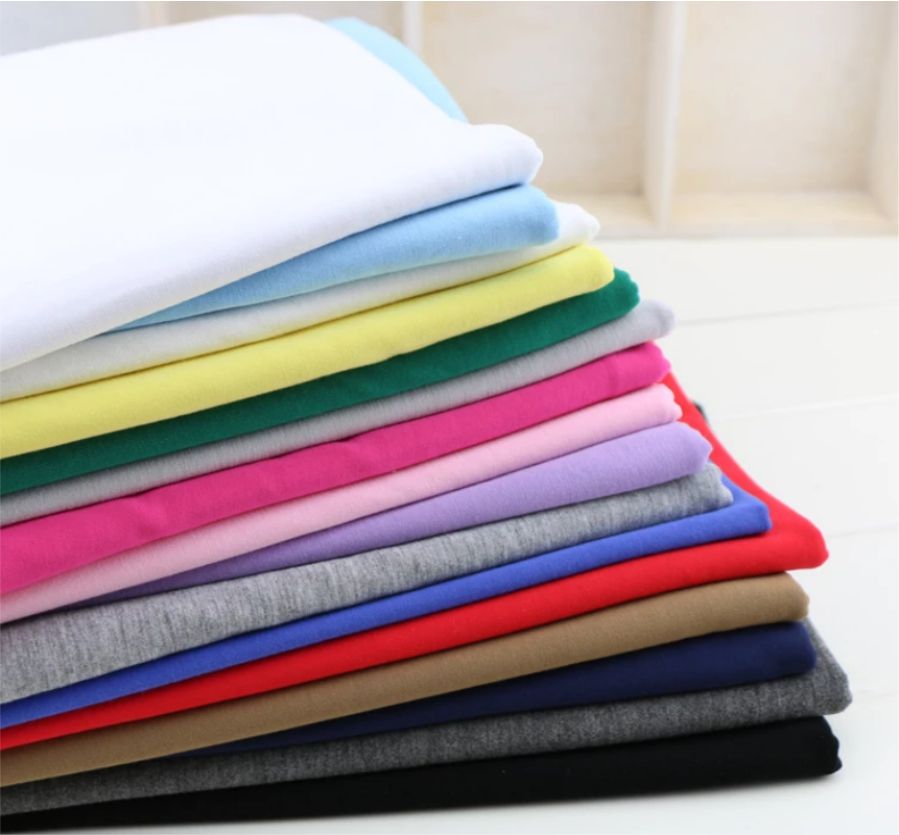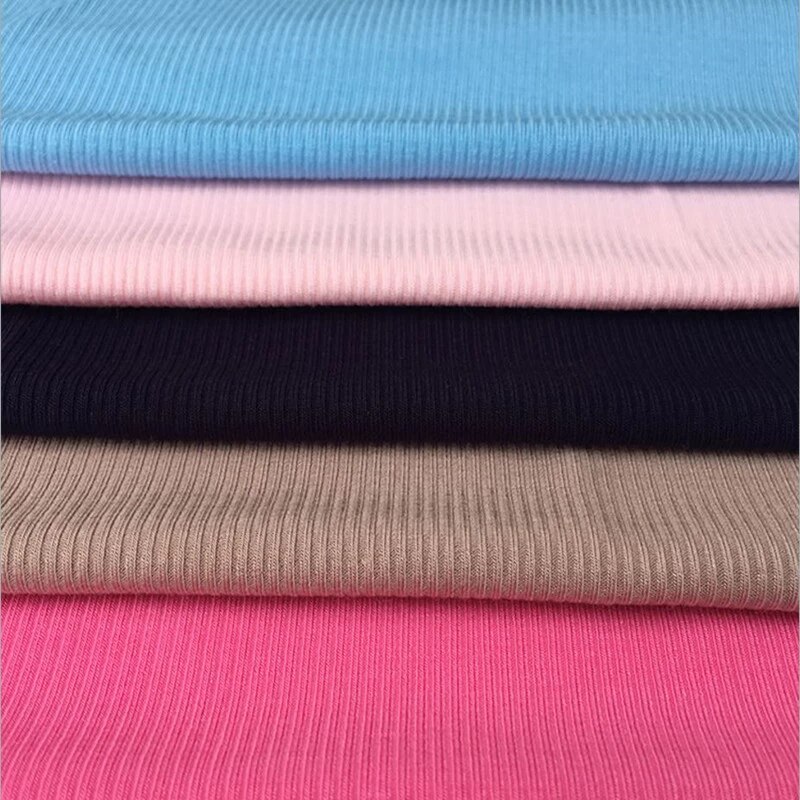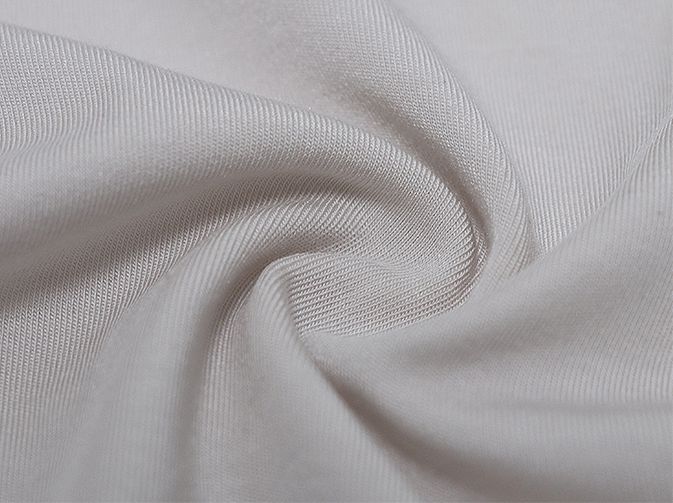What is modal fabric? It is made from beech trees cellulose considered a semi-synthetic material. This fabric is popular in the fashion industry with its stretchy, lightweight, breathable, and durable homeware and clothing.
Modal is known as an eco-friendly and sustainable material with so many benefits. Here is some information about the modal fabric you need to know.

Contents
What Is Modal Fabric?
If you’re asking, what is modal fabric? The answer is a plant-based and eco-friendly material made from beech trees. This fabric is mostly used for clothing or houseware like bed sheets, towels, pajamas, and underwear.
A modal is known as a form of rayon that is slightly flexible and durable. However, it is often blended with other fibers to add strength like spandex and cotton.
This fabric is also considered a luxurious textile because of its softness and high cost. Also, the cost is more expensive than either viscose or cotton fabrics.
This fabric is considered an alternative to cotton since the beech tree doesn’t need a lot of water to grow. Therefore to produce the fabric uses about less water.
The process also includes soaking the fabric in chemicals, which is classified as a semi-synthetic modal. This fabric has several benefits that are sustainable and environmentally friendly.
Modal is classified as a type of fabric that is also plant-derived material and similar to rayon. Modal fabric has great durability and is softer than regular rayon.

How Is Modal Material Manufactured?
What is modal fabric? It is a bio-based material that is made from the cellulose of beech trees. Modal fabric is made from high-quality material that includes several processes. Here’s the process to produce modal fabric as follows:
- First, Beech trees are harvested and broken into smaller pieces, and extracted from the pulp into cellulose.
- Next, the cellulose is soaked in sodium hydroxide to turn it into sheets.
- Those sheets are soaked in carbon disulfide to be made into smaller pieces. This process will produce sodium cellulose xanthate.
- After that, soak the cellulose xanthate in a sodium hydroxide solution. Put it through a spinneret, to help create fibers with a series of holes on it.
- Then, soak the fibers in sulfuric acid to create yarn. The yarn is turned onto spools once it is washed, bleached, and dried perfectly.
- Last, the yarn now can be knit or woven to form a modal fabric.

Benefits of Using Modal Fabrics
Modal is known as a luxury textile that is popular among fashion designers. This fabric is often used to blend with other materials to create high quality with its softness and lightness. Here are some benefits of modal fabrics such as:
- This fabric has an incredible softness on the surface when you touch it. It is often used for pajamas, bed sheets, and other garments.
- Stretchy. The flexibility of modal works best for items like athletic wear or t-shirts.
- Water absorbent. Modal has micropores inside the material that absorb sweat or water 50% better than cotton.
- Modal is ideal for everyday clothes and sports clothing. It is because the weave of the fabric is very breathable and comfortable to wear.
- Drapes well. Modal has a beautiful and unique drape that is suitable for decoration or clothing. Also, it is similar to rayon fabric and other types of silk.
- This type of fabric is known for its strengths. It has long fibers and a tight weave that is used for housewares and garments.
- Don’t cause pilling. This type of fabric has a smooth surface and resists pilling very well. So, it is perfect for everyday wear and use.
Modal Fabrics Care
Knowing how to wash and care for modal fabric is important for the longevity of the material. This type of fabric is machine washable or you can do a cold wash. A cold wash is considered to be an environmentally friendly process.
